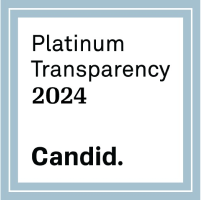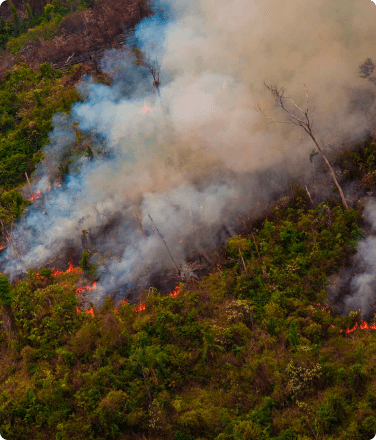- Funded by a $2 million grant from US Agency for International Development (USAID), the B’atz project has worked on multiple fronts over the past three years to enhance the capacity of Indigenous and local community organizations throughout Mexico and Central America.
- B’atz helped establish the Mesoamerican Territorial Fund, an alternative financial mechanism created to provide direct investment into critical territories across Mesoamerica with minimal transaction costs. The Fund has since invested $1.8 million in 32 initiatives, positively impacting over 40,000 people and safeguarding more than 5 million acres of Indigenous peoples’ land.
- In partnership with the Mesoamerican Leadership School, B’atz also helped train over 200 individuals in disaster risk management, with a strong emphasis on youth and women’s leadership around climate resilience.
This October, the B’atz Regional Institutional Strengthening Project is drawing to a close after three years of significant achievements. The project is a collaboration between Rainforest Foundation US (RFUS) and the Mesoamerican Alliance of Peoples and Forests (AMPB), an alliance of 10 Indigenous and local community organizations that represent over 50,000 people across six countries in Central America and Mexico. Funded by a $2 million grant from the U.S. Agency for International Development, the B’atz project has worked on multiple fronts to enhance the capacity of Indigenous and local community organizations throughout the region.
The B’atz project has taken a comprehensive approach, addressing several key areas. It has strengthened AMPB’s governance and institutional framework, established innovative financial mechanisms like the Mesoamerican Territorial Fund (FTM), and expanded youth leadership development and local climate resilience through the Mesoamerican Leadership School (EML). Additionally, the project has worked to strengthen the role of women in leadership. Together, these efforts have created a lasting impact on both the organizations and the communities they serve. Its work in disaster risk management (DRM) has been particularly transformative.
Strengthening the Institutional Framework of AMPB
The B’atz project—and the focus on leadership, disaster risk management, and comprehensive consultations with grassroots organizations during strategic planning—has significantly strengthened AMPB, which solidified the AMPB’s position in regional and international forums as well as strengthening their local advocacy efforts.
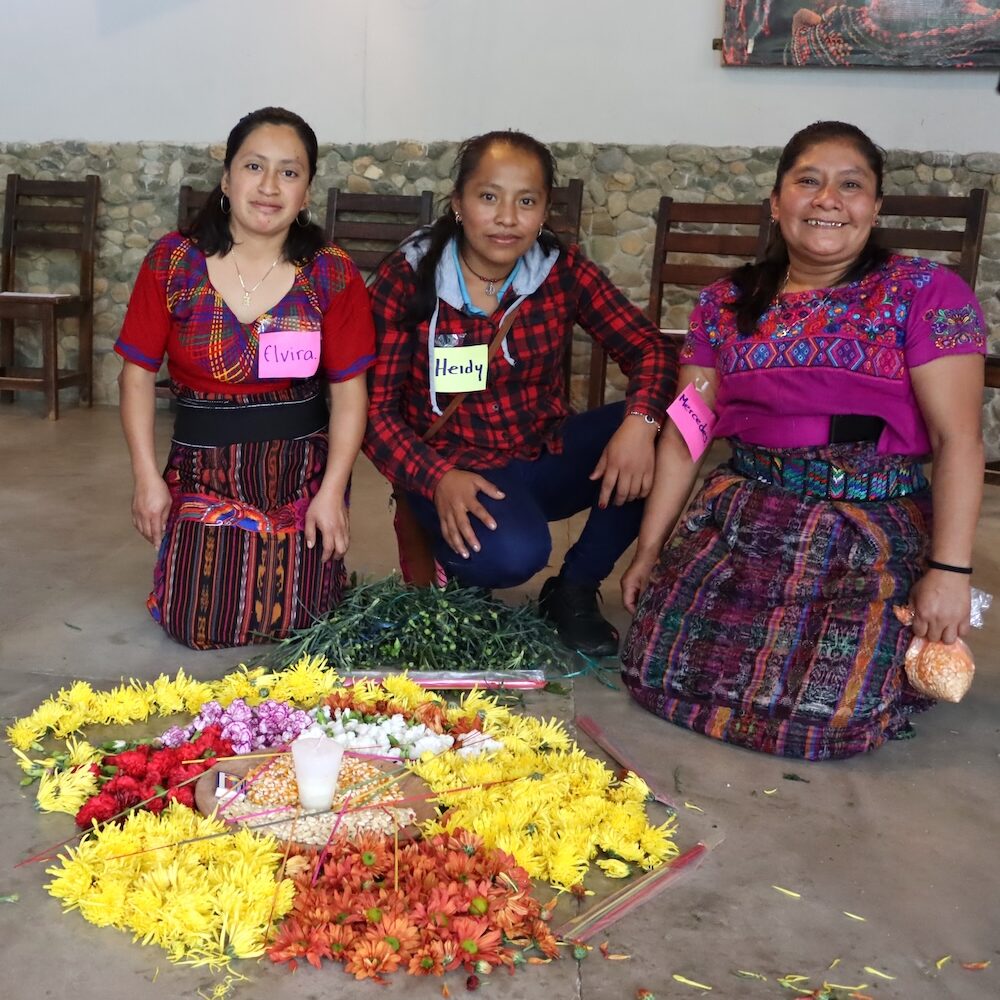
IMAGE CREDIT: AMPB
The project also improved AMPB’s internal management by establishing stronger governance structures, internal norms, and accountability mechanisms for both the alliance itself and the 10 regional organizations that make up the alliance. These enhancements have enabled AMPB to evolve from primarily focusing on advocacy and philanthropic coordination to an organization with increased capacity to engage in strategic partnerships and have a greater impact on the ground.
As Lévi Sucre, a prominent AMPB leader, reflected, “The AMPB was born out of 100% philanthropic cooperation, and after ten years, we needed to scale to other types of cooperation. The B’atz project helped us understand how this works. It contributed greatly to establishing new relationships with key partners like [USAID].”
A New Collaborative Approach with USAID
The B’atz project established a new partnership between AMPB and USAID through a pilot process co-created by AMPB, USAID, and RFUS. This collaborative model expanded USAID’s capacity to support grassroots organizations, while giving AMPB experience in managing international development funding, with RFUS providing strategic, logistical, and on-the-ground support.
Dr. Aj’bee Jimenez, USAID’s Senior Advisor for Indigenous Peoples Issues in Guatemala, noted, “The co-creation phase was very important for USAID because it was one of the [agency’s] first attempts to co-design a project with an Indigenous alliance like AMPB. We realized that coordinating with an Indigenous organization involves different concepts of time and decision-making, which required us to rethink the design and propose new ways of working.”
Aside from being one of the first implementations of USAID’s Policy on Promoting the RIghts of Indigenous Peoples , the B’atz project also served as a pilot for the agency’s new localization strategy—a set of internal norms designed to place local actors at the forefront of development, strengthen local systems, and respond to community needs. The implementation of these new measures enhanced trust and understanding between all parties, creating a foundation for continued collaboration in future initiatives.
The Mesoamerican Territorial Fund: From Idea to Impact
The Mesoamerican Territorial Fund (FTM) has been another major milestone of the B’atz project. Designed over recent years as an alternative financial mechanism by and for Indigenous peoples and local communities, the FTM was created to provide direct investment into critical territories across Mesoamerica with minimal transaction costs.
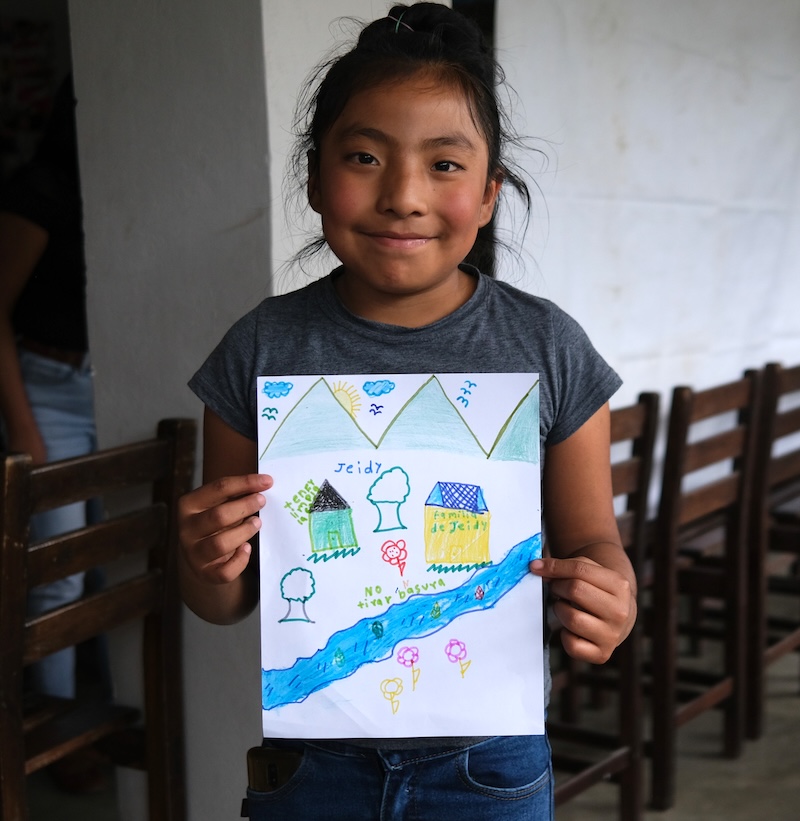
IMAGE CREDIT: AMPB
Despite a $1.7 billion global commitment for environmental funding for Indigenous peoples and local communities at COP27 in 2022, less than 1% is actually reaching them. Territorial Funds, like the FTM, are crucial for overcoming complex, restrictive administrative hurdles and ensuring that the funding reaches the communities it is intended to support.
Over the past two years, B’atz has provided the support for the FTM to move beyond its conceptual phase.
“We’re moving from an idea to a fully structured fund. There’s now a management team, dedicated personnel, an operations manual, and a monitoring and evaluation platform,” said FTM Director María Pia Hernandez.
With over $1.8 million invested across 32 projects, supporting more than 40,000 people and protecting over 5 million acres of land, the FTM is already making a tangible impact across the region. Many of the initiatives funded are led by women.
Strengthening Women’s Leadership and Consolidating a Regional Agenda
A key focus of the B’atz project has been strengthening the role of women in leadership positions, particularly in the context of climate resilience and land defense. The project deepened its work with the Coordination of Women Territorial Leaders of Mesoamerica, a branch of the AMPB that has increased its work in consolidating a regional women’s climate agenda, reflected in their first Regional Gender and Climate Change Plan.
Through this partnership, women leaders across Mesoamerica have amplified their voices and increased their influence at both the local and regional levels, creating pathways for greater involvement in policy discussions.
As Isabel Pasos, who leads the Women’s Coordination’s technical team, explained, “One solution to climate change is to strengthen Indigenous traditional knowledge and agriculture… Women are saying, ‘Let’s cultivate, let’s stay in our communities because we are Indigenous. Let’s use our traditional knowledge to remain in our territories.'”
The B’atz project also consolidated and increased the visibility of community initiatives around food sovereignty, the importance of which became even more evident during the COVID-19 pandemic. Many families in the region rely on remittances, or money sent from relatives working abroad, which became increasingly difficult due to travel restrictions and economic shutdowns. This led to a decrease in these financial supports and it highlighted the need for communities to develop their own self-sufficient food systems to ensure they could feed themselves without relying on outside help.
Mesoamerican Leadership School: Building Capacity for Disaster Risk Management
As natural disasters such as flooding, fires, and drought become more frequent across the region, the B’atz project supported the Mesoamerican Leadership School in creating programs focused on Disaster Risk Management (DRM).
The program—rooted in traditional knowledge and in collaboration with local governments and authorities—brought together youth, women, community leaders, and risk management experts toco-develop disaster response strategies with local communities.
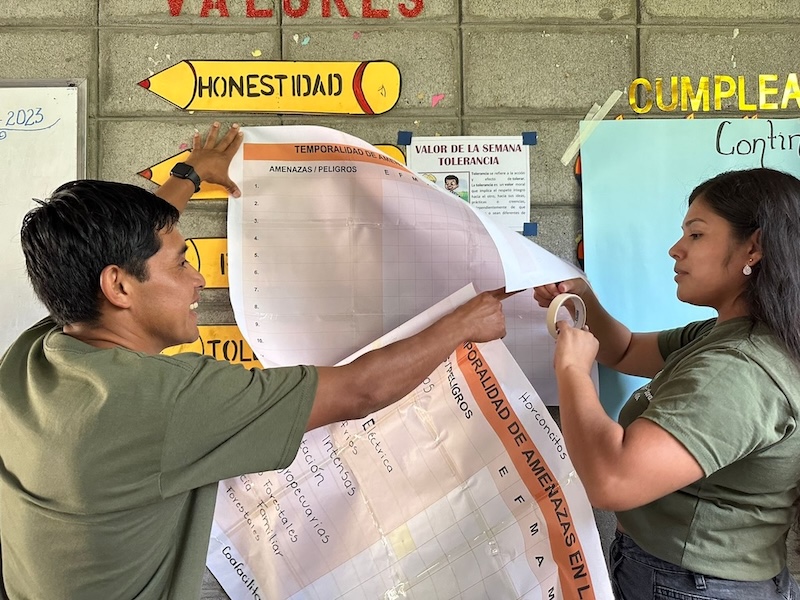
Byron Alonzo, a workshop facilitator and member of the Community Forestry Association of Guatemala–Utz Che’, remarked, “We can’t just run around putting out fires or rush to handle emergencies without addressing the root causes. We’ll only achieve this through alliances and collective efforts across organizations.”
Centered around a “train-the-trainer” model, the school continues to build a network of youth workshop facilitators to expand knowledge across communities. Current leaders continuously improve their skills while simultaneously training the next generation of leaders. This approach empowers each organization and community to take responsibility for organizing and leading their own training processes, ensuring local ownership and sustainability.
During its initial phase, the project trained over 200 individuals, with a strong emphasis on women and youth. As a result, 25 communities across Guatemala, Honduras, and Mexico developed and validated DRM Plans, many of which are now being implemented in collaboration with local authorities.
Laying the Foundations for Future Growth
As the B’atz project comes to an end, its impact will continue through ongoing efforts across Mesoamerica. The Mesoamerican Leadership School is creating training modules for new areas such as climate justice and gender equality, and adapting its curriculum for diverse Indigenous peoples, while the Mesoamerican Territorial Fund is working to secure additional funding for future grassroots initiatives.
The progress made has strengthened Indigenous peoples’ and local communities’ ability to address the challenges they face, providing practical tools and fostering partnerships that will support their continued work in protecting their lands, cultures, and rights.
As RFUS Program Director Josh Lichtenstein noted, “The B’atz project laid the groundwork for lasting partnerships and tangible progress, but none of this would have been possible without the incredible efforts of the AMPB. This initiative has demonstrated what we can achieve when Indigenous and community leadership, RFUS, and USAID come together to work toward a common goal.”

